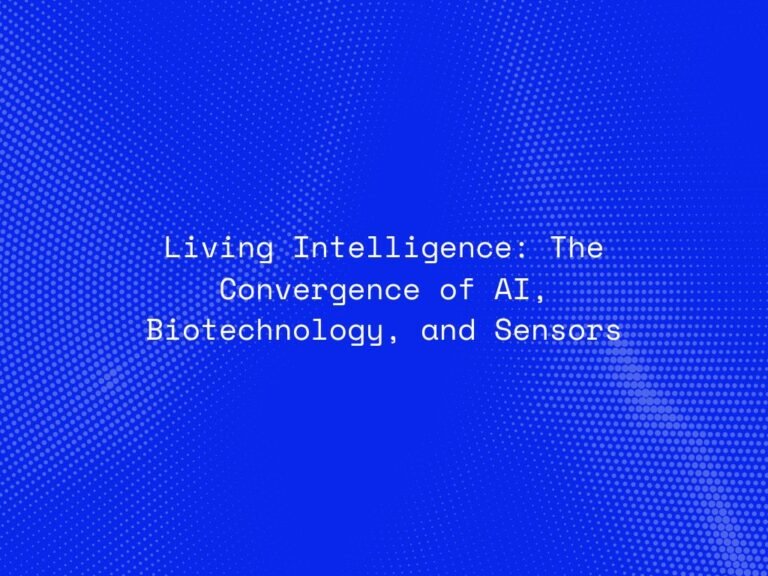In today’s fast-paced, data-driven economy, decision-making can no longer rely solely on intuition or static business rules. Companies are increasingly turning to Artificial Intelligence (AI) to guide strategic, operational, and even creative choices.
AI-powered decision-making enables organizations to process massive volumes of data, identify patterns, predict outcomes, and make faster, more accurate decisions. As machine learning algorithms become more sophisticated, their ability to support and even automate critical business processes is transforming industries across the board.
In this blog, we’ll explore how smart algorithms are reshaping modern decision-making, the technologies behind this shift, key business use cases, and what it takes to implement AI-powered decisions effectively.
What Is AI-Powered Decision Making?
AI-powered decision-making refers to the use of machine learning algorithms and other AI techniques to support, augment, or automate the process of making decisions.
These systems learn from historical data, detect trends and anomalies, and provide actionable insights—helping leaders and employees make informed, data-backed decisions in real time.
Unlike traditional decision-making systems based on static rules, AI algorithms continuously learn and adapt, improving over time as they encounter new data.
Why Businesses Are Adopting AI for Decision Making
Here’s what’s driving the shift toward AI-enhanced decisions:
Speed: AI models can analyze datasets in seconds, offering real-time insights.
Scale: AI can process more data than any human ever could—structured and unstructured alike.
Precision: Advanced algorithms can uncover insights and correlations that might go unnoticed by humans.
Consistency: AI reduces human error and bias, leading to more reliable outcomes.
Proactiveness: Predictive models can anticipate issues or opportunities before they arise.
Key Technologies Behind AI Decision Systems
Machine Learning (ML): Trains algorithms to learn from historical data and improve predictions over time.
Natural Language Processing (NLP): Enables AI to interpret and analyze human language for use in customer service, sentiment analysis, and more.
Predictive Analytics: Uses statistical modeling and AI to forecast future events, trends, or behaviors.
Computer Vision: Powers image and video analysis for tasks like quality control or inventory management.
Reinforcement Learning: Helps AI systems learn optimal decision paths through trial and error.
Business Use Cases of AI-Powered Decision Making
1. Marketing and Customer Insights
AI helps companies understand customer behavior, segment audiences, and deliver personalized campaigns.
Example: AI tools analyze engagement metrics and recommend the best time to launch an email campaign or which content will likely convert.
2. Finance and Risk Management
Financial institutions use AI to detect fraud, assess credit risk, and manage portfolios.
Example: AI-powered algorithms can analyze transaction histories in milliseconds to flag unusual activity in real time.
3. Supply Chain and Logistics
AI improves forecasting, route optimization, and inventory management.
Example: Predictive models anticipate demand spikes and recommend stock adjustments to avoid overstock or shortages.
4. Human Resources
AI supports hiring decisions, talent management, and performance analysis.
Example: ML algorithms scan resumes, match job requirements, and rank candidates based on skills, experience, and predicted performance.
5. Healthcare and Diagnostics
AI assists in diagnostics, treatment recommendations, and resource planning.
Example: AI can analyze medical imaging data to support radiologists in identifying early signs of disease.
6. Manufacturing
Smart algorithms enhance process optimization, predictive maintenance, and quality control.
Example: Computer vision detects defects on production lines before human eyes can, reducing waste and improving quality.
Benefits of AI-Powered Decision Making
Better business outcomes through optimized operations and resource allocation
Enhanced customer experience with personalized and responsive services
Greater agility in responding to market trends or disruptions
Cost savings from automation and efficiency gains
Competitive advantage from faster, data-backed strategies
Challenges and Considerations
While promising, AI-powered decision making isn’t without its hurdles:
Data Quality: Inaccurate or incomplete data leads to flawed predictions.
Ethics and Bias: AI models can inherit and amplify biases present in the training data.
Transparency: Many AI models are “black boxes” that don’t clearly explain their outputs.
Integration: Aligning AI outputs with human workflows and business systems requires careful planning.
Change Management: Teams need training and trust in AI to incorporate it into decision-making processes.
How to Successfully Implement AI-Powered Decisions
Define Clear Use Cases
Identify business areas where AI can provide measurable impact.Start with Quality Data
Ensure the data used to train AI models is clean, relevant, and representative.Choose the Right Tools and Platforms
Adopt platforms that support AI model development, deployment, and monitoring.Collaborate Between Teams
Align data scientists, domain experts, and decision-makers for better outcomes.Monitor and Improve Continuously
AI systems require ongoing tuning and evaluation to stay effective and relevant.
Conclusion
AI-powered decision-making is more than a trend—it’s a strategic imperative for organizations aiming to stay competitive in the digital era. By embracing smart algorithms, businesses can unlock new levels of agility, efficiency, and innovation.
As the technology matures and becomes more accessible, even small and mid-sized companies can leverage AI to make smarter, faster, and more confident decisions. The future belongs to businesses that don’t just collect data—but know how to act on it, intelligently.




